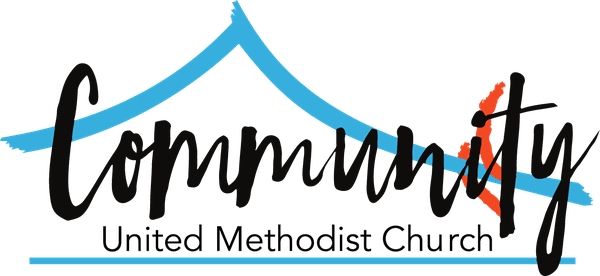Anxiety Disorders
These are a group of illnesses that interfere with daily lives. They include generalized anxiety disorder (GAD), panic disorder, phobias, and post traumatic stress disorder (PTSD). Will power will not prevent the anxious, unsettled feeling that may appear with no apparent cause. Anxiety often occurs with depression, other mental illnesses, and substance abuse. 80% of patients can be helped by medication, cognitive behavioral therapy, or a combination.
- Generalized Anxiety Disorder
A diagnosis of GAD requires six months of worry about a number of daily problems. It appears gradually in childhood or adolescence. Symptoms can be mild to severe. It runs in families. Without treatment, symptoms include: chronic and exaggerated worry and tension, without provocation; always anticipating disaster; excessive worry regarding money, health, family, work, school; vague, unexplainable sense of doom; inability to relax, trouble falling or staying asleep, startle easily; fatigue, trembling, twitching, sweating, hot flashes, being out of breath, feeling nauseated, frequent urination, muscle tension, headaches, sense of a lump in the throat. Fears and thinking “What if ….?” or “I can’t….” are typical.
- Panic Disorder
Sensations of panic disorder include: pounding heart, chest pains, lightheadedness or dizziness, nausea or stomach problems, flushes or chills, shortness of breath or a feeling of smothering or choking, tingling or numbness, shaking or trembling, a feeling of being out of control or going crazy, fear of dying, sweating.
Many think they are having a heart attack or stroke, Symptoms may last up to ten minutes, or longer. One-half million Floridians have had panic disorder at sometime in their lives. Untreated panic disorder can become disabling. Thirty percent may abuse alcohol and 17% use other abused substances while seeking relief. Proper treatment helps 70% to 90% of those with panic disorder.
Early treatment prevents agoraphobia. This is a condition where the fear of having another panic attack causes people to not leave their homes. Up to one-third of those with panic disorder develop agoraphobia and may become home-bound.
- Phobias – another Anxiety Disorder
With phobias a person has specific intense irrational fears. Phobias may include fear of flying, water, dogs, spiders, heights, etc. Social phobias are based on a conscious or subconscious fear of being humiliated or embarrassed in a social setting. Common social phobias are a fear of public speaking, attending parties, and/or dancing. Phobias tend to run in families, so are thought to be inherited. They are often linked to substance abuse as a form of self-medicating the discomfort. Social phobias are not shyness. Phobias, especially social phobias, can affect careers and relationships.
- Post Traumatic Stress Disorder – PTSD
Another anxiety disorder is PTSD. This is characterized by frightening thoughts associated with a terrifying event. PTSD can result in nightmares, sleep problems, feelings of detachment, other anxiety symptoms, and/or depression. Symptoms can range from mild to severe. PTSD is linked to substance abuse as a form of self-medication. Some with PTSD are easily irritated and prone to violent outbursts. They may have difficulty working and socializing. Symptoms seem to be worse when they are triggered by a person (such as a rape) as opposed to those caused by a thing (such as a fire or flood).
See more information and resources here, including our bi-weekly confidential support group here at Community UMC:
Mental Health Matters - Matthews Hands
by Angela D. Vickers, JD


